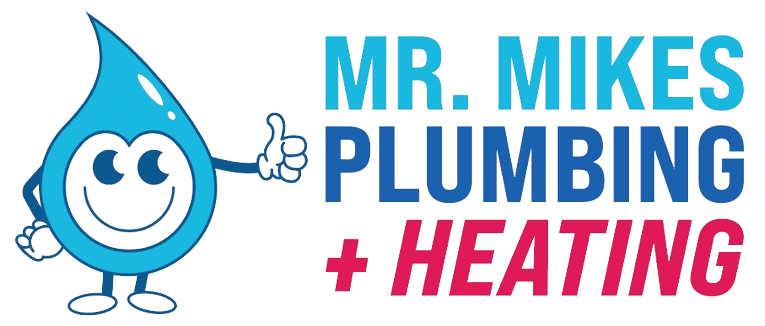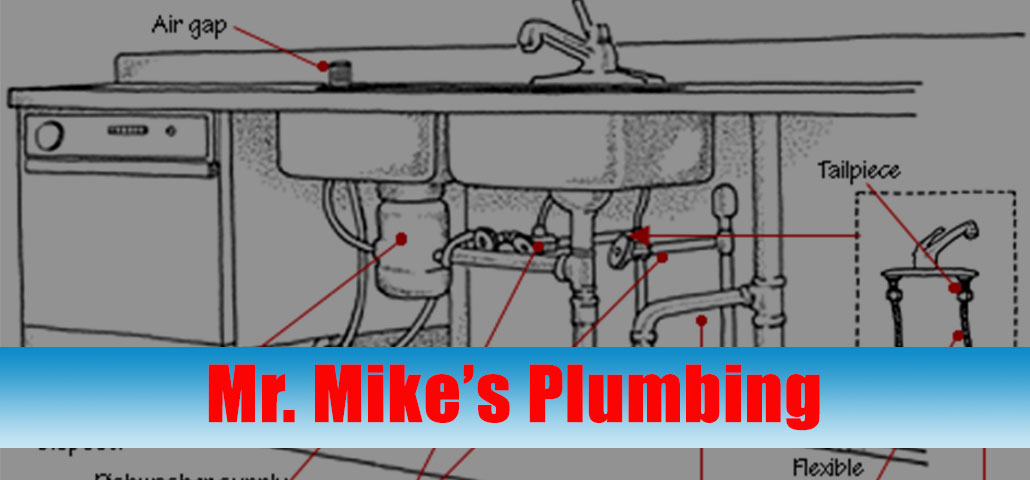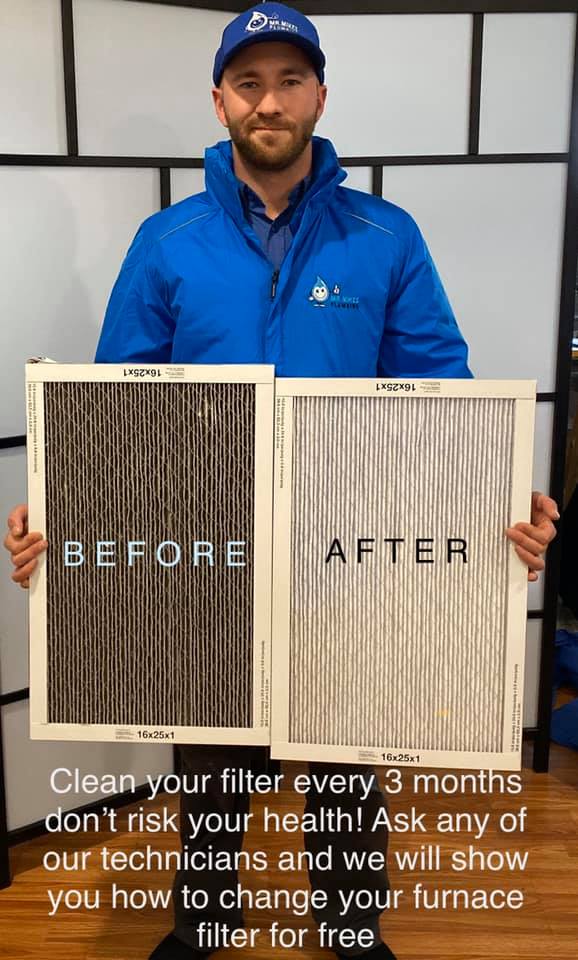
Tips for Choosing and Hiring the Right Plumbing Contractor
October 26, 2016
How to Unclog Bathtub Drains
October 26, 2016All methods and materials used in plumbing must adhere to a set of standards known as the plumbing codes, a subset of construction codes.
Most local codes follow the model plumbing codes, which are sponsored by building and plumbing associations as well as local code officials or industry groups.
All home and commercial builders must adhere to the regulations in the plumbing codes when constructing a new office or house. The plumbing codes regulate the water flow rate, sewer facilities, toilet fixtures and so forth in home, offices, factories, schools, hospitals, libraries and other buildings. Depending on the location, each state, county and municipality may have somewhat varying plumbing codes in terms of design, methodology and materials.
Overview of Plumbing Codes
Although several jurisdictions accept the comprehensive model plumbing codes without alteration, local authorities have the power to change and amend the plumbing codes before they are given legal assent and passed into law. City, state and federal code enforcement officials create memberships in order to record, publish and update the model plumbing codes.
When installing and maintaining any plumbing system, you should adopt the most recent and most effective plumbing codes. All buildings become the concern of the community when it comes to plumbing, especially in regards to water and sewage disposal systems. All building owners must adhere to the plumbing codes to ensure that the health and safety of the public is protected and maintained. The codes are enforced in order to prevent the spread of diseases, along with other faulty plumbing problems that are serious hazards such as noxious gas leaks and clogs, back siphoning, broken and bursting pipes, flooding, and electrical shorts, among others.
Standards for plumbing codes apply mainly to:
- * Drain, vent pipe, and supply line size and placement
- * Material brands and types to be used
- * The distance from trap to vent arm
- * Slope of the drains and height of the drains
- * Height of horizontal vent pipe placement above floor level
- * Allowable plumbing fixtures attached to a single vent or drain pipe
- * Pipe support placement and the distance between them
Inspectors general check the entire waste system as well as the supply system during different stages of the installation process to ensure compliance with local or state plumbing codes.
Adhering to Plumbing Codes
When installing a plumbing system, keep in mind that the rough plumbing pipes should not be hidden or covered before inspection. The code enforcement officials need access to these pipes to ensure that there is code compliance during the setup of the plumbing system. Compliance with plumbing codes helps protect public health and safety of both yourself and your community.



